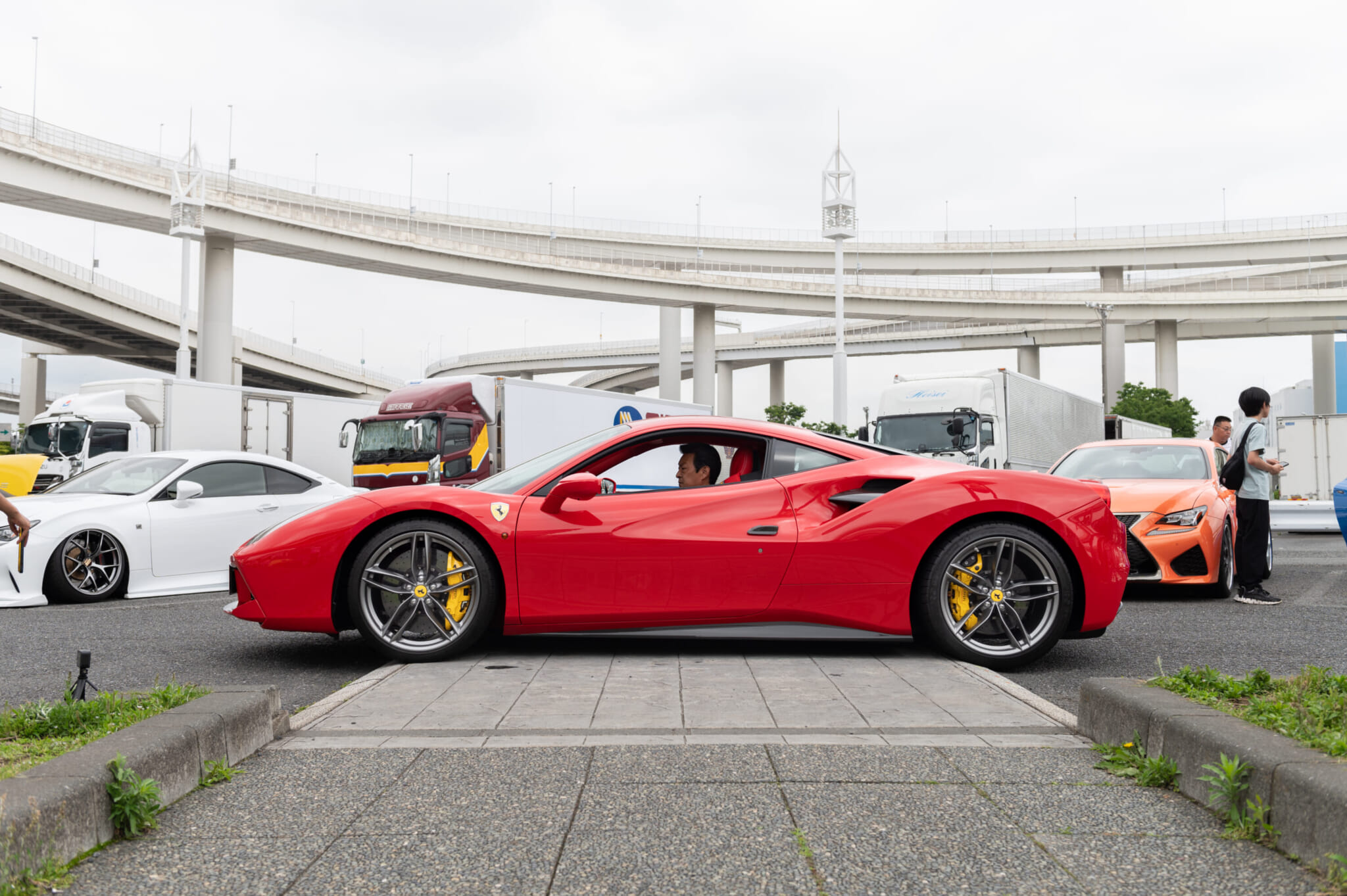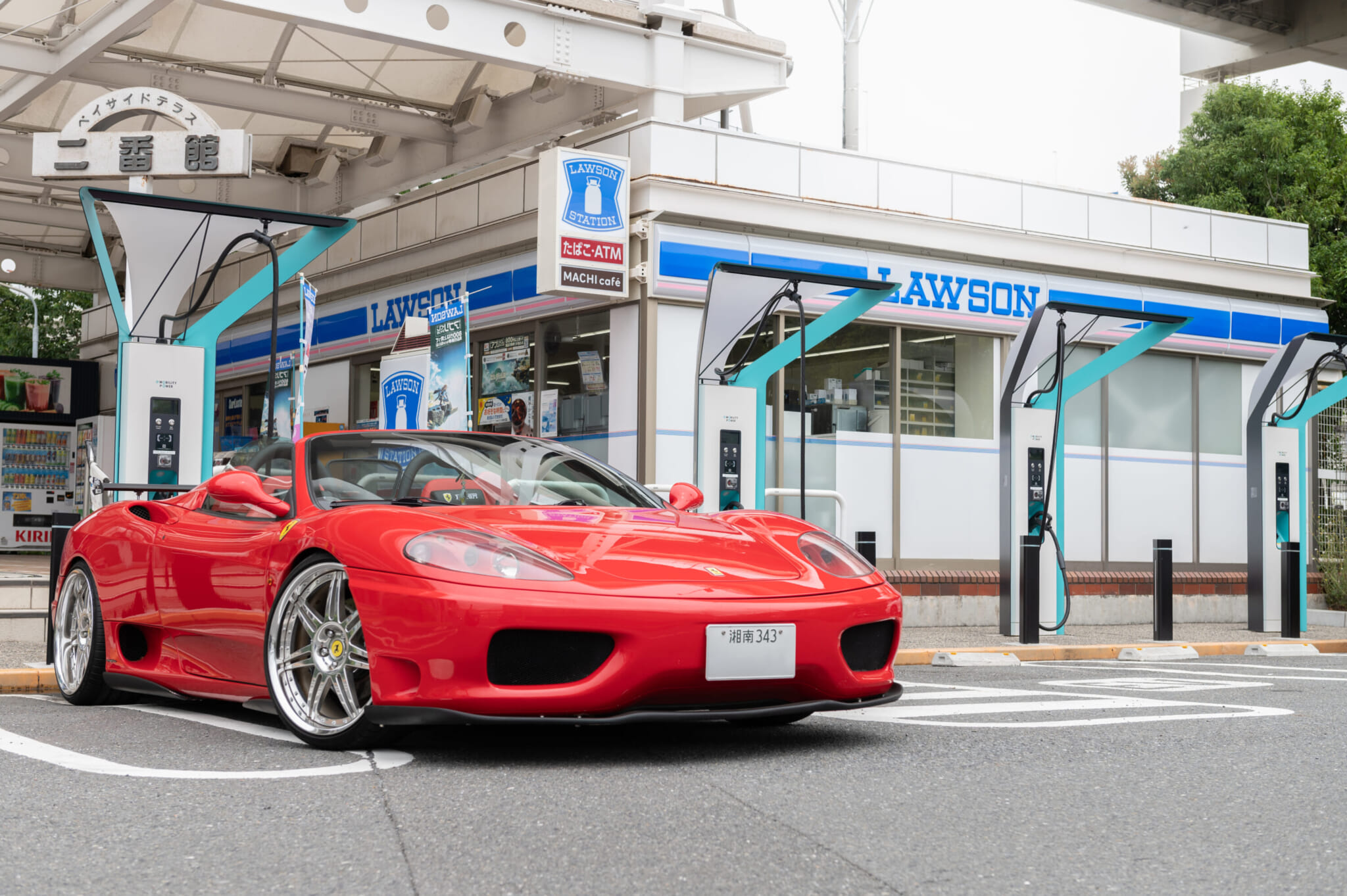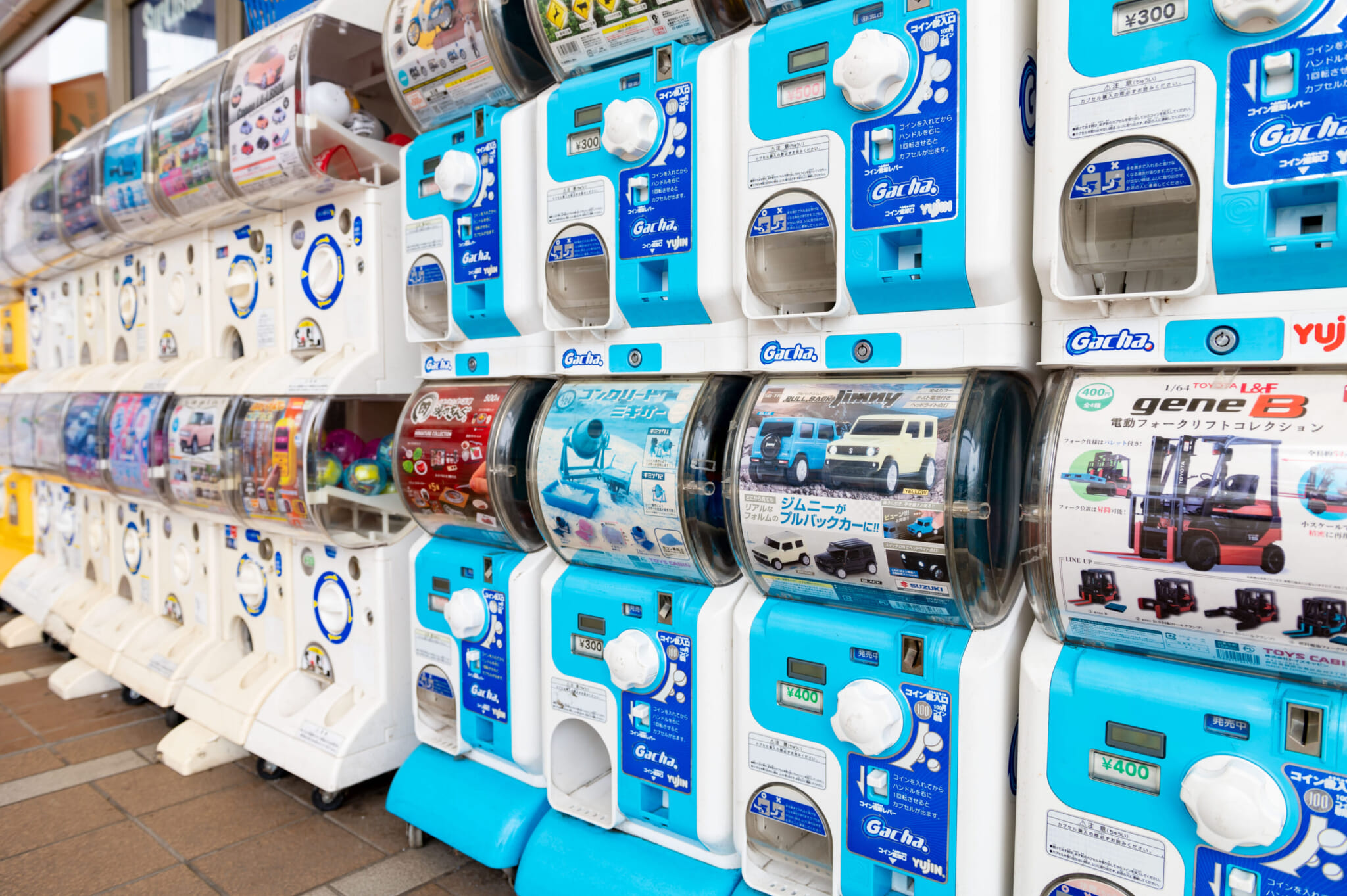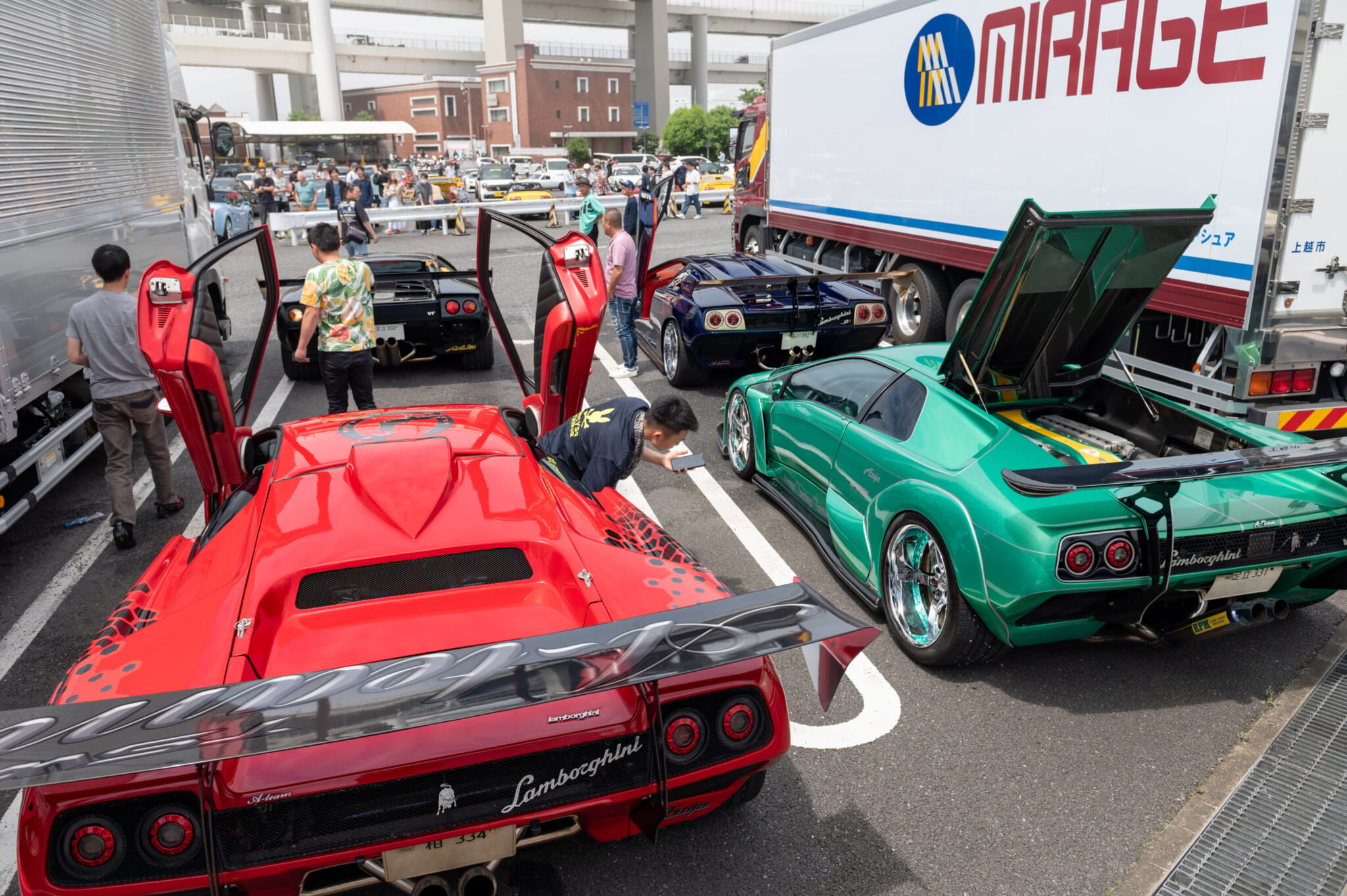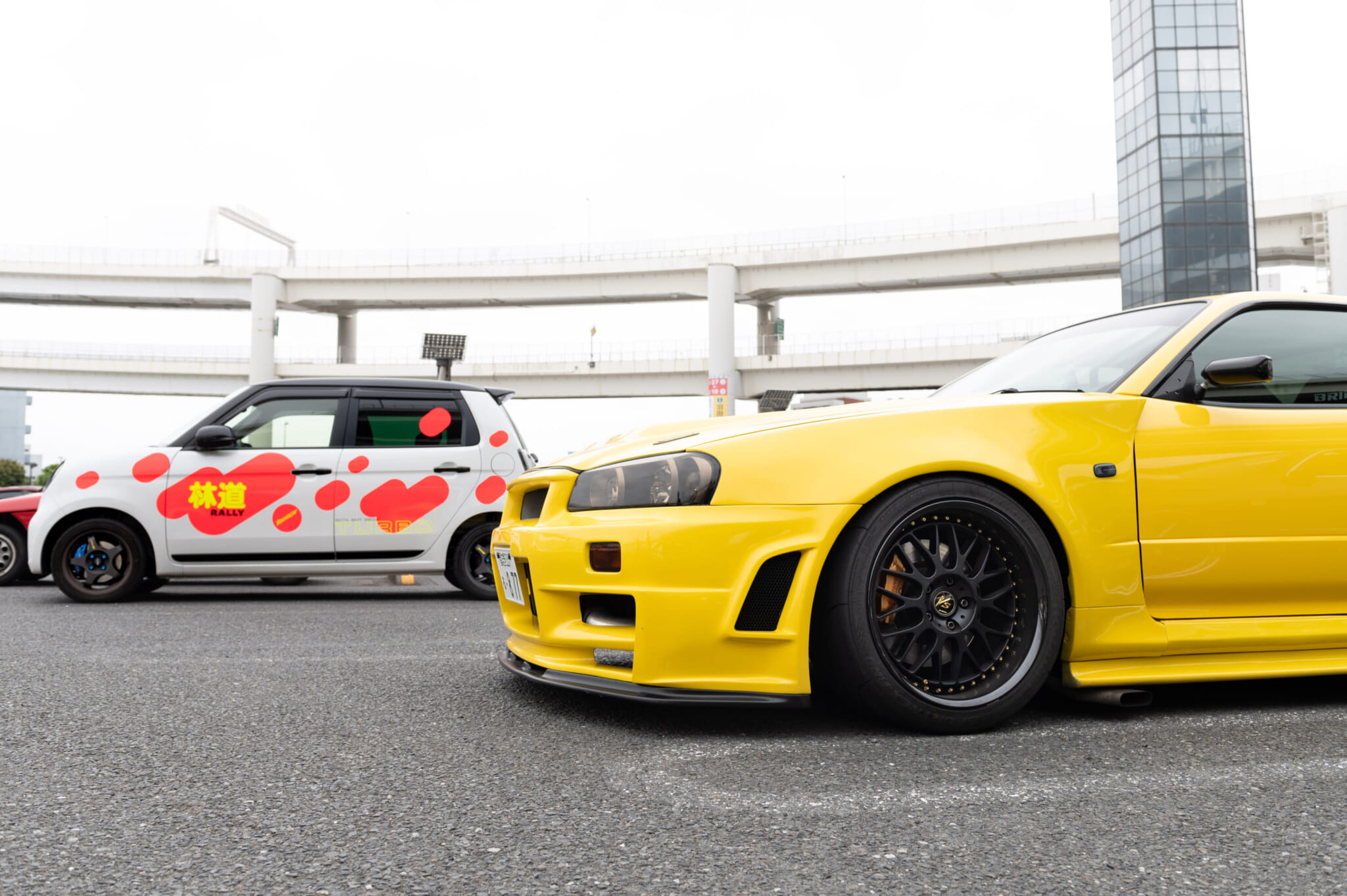For many car enthusiasts around the world, Japan has long been the automotive motherland. Throughout the 1990s, particularly in the racing scene, brands such as Nissan, Mitsubishi and Toyota were ahead of the curve in terms of design and performance. So much so that the Nissan R32 GTR was effectively banned from Australian tour car racing because nothing else could keep up at the time.
However, even without sticking your head beneath the hood of the racing world, pop culture has made it impossible not to appreciate Japan’s contribution to cars. Whether you grew up watching Initial D, which depicted late-night downhill runs in the mountains of Gunma or caught on with the release of The Fast and the Furious: Tokyo Drift (before the franchise lost its mind), Japan has made its presence known to many through its cars.
Today, this automotive culture is still alive and well, although it’s not quite like the movies. No one is sliding through Shibuya Crossing during rush hour and high school students aren’t competing for the title of Drift King in a car park on a Saturday night. There are still underground meets, but they can be hard to locate on short notice if you’re just stopping by in Tokyo.
If there’s one place you’re guaranteed to find some of the coolest cars near the capital, it’s Yokohama’s Daikoku parking area. Offering a laidback vibe where everyone, from gearheads to the casual observer is welcome, it has become the favorite spot for a car meet in the Greater Tokyo Area.
A Rest Stop for Racers
While Daikoku parking area has become a hotspot for car enthusiasts to meet up and show off their rides, it is still a public rest stop and was never actually designed as a place for petrol heads to gather. This adoption by the car crowd originally came about when street racers such as the infamous Mid Night Club would use it as a place to meet during the late 1980s and 90s. Today, despite street racing having been all but stamped out, Daikoku parking area retains its popularity due to it being the largest parking area on the Shuto Expressway and the fact that it is easily accessible from almost all directions in Tokyo.
Much like the other rest stops found on expressways across Japan, Daikoku parking area includes a small assortment of restaurants, restrooms and a Lawson convenience store, which also gets into the automotive spirit. Here, in addition to its traditional offerings, it sells several car-inspired snacks, some of which bear the likeness of the famous Toyota AE86 from the Initial D series. Outside, there is also a row of automotive and machinery-themed gachapon dispensers offering miniaturized versions of everything from your favorite Japanese-built car to forklifts and street signs.
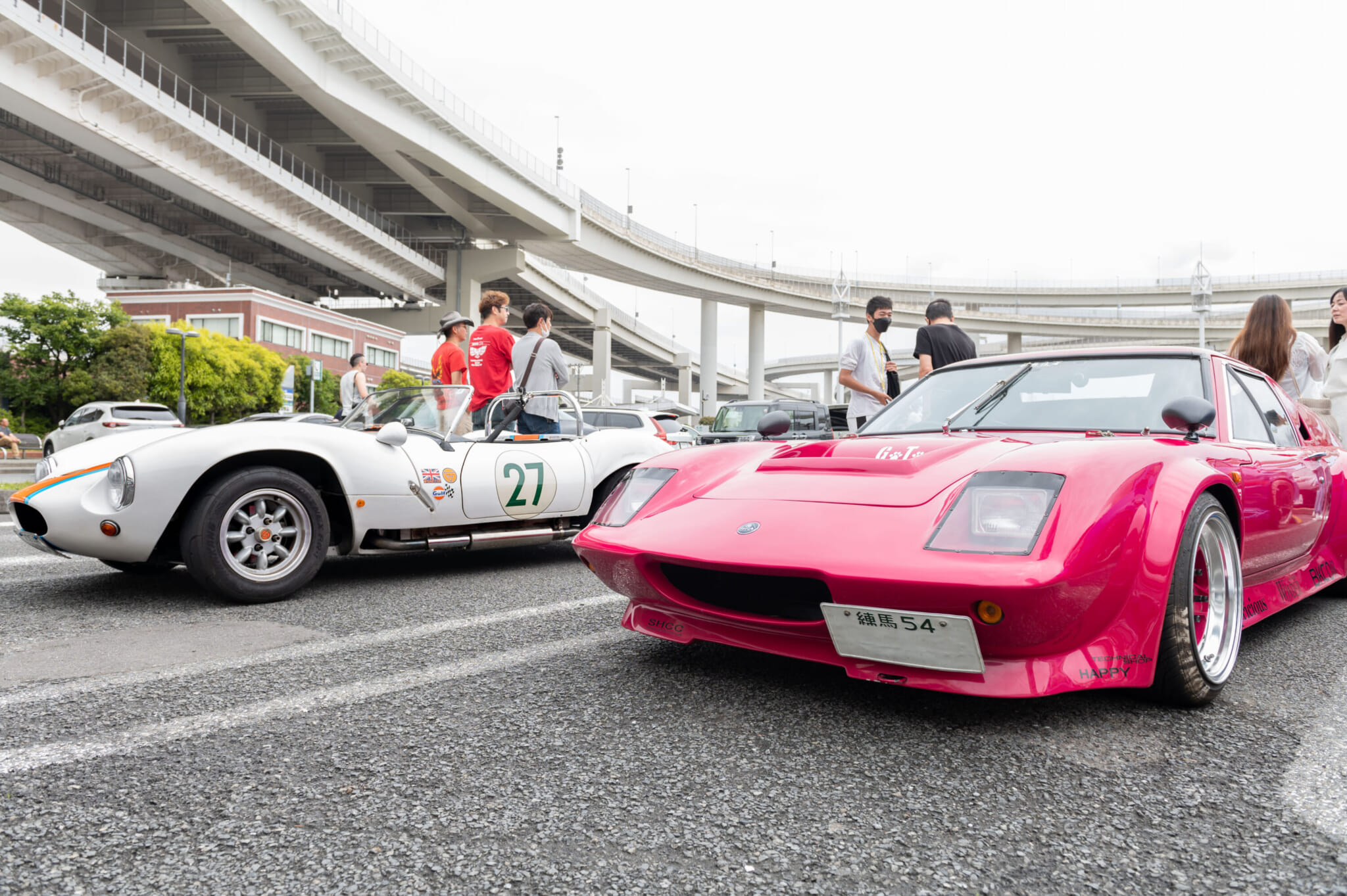
When to Go
As is the case with all car meets, you never know what you’re going to get or how busy it’s going to be. If there is a particular meetup scheduled somewhere else, perhaps for a car club centered around a specific model, people headed to that meet will often stop by Daikoku parking area on the way there. This means things can go from quiet to 15 Lamborghini’s purring into the car park on a moment’s notice. A lot of it is simply luck.
To maximize your chances of seeing some head-turning machines, it is best to visit there on the weekends. Friday and Saturday nights are generally busy, often seeing a turnout more centered around the modified sport compacts that Japan has become famous for on the world stage. It’s on these nights that you’re more likely to catch neon lights, chrome finishes and some builds that inexplicably (although thankfully) pass their bi-yearly road safety inspections.
The safest bet for a good turnout and a decent variety of cars, though, is Sunday mornings, provided the weather is nice. Taking on a very relaxed ‘coffee and cars’ type atmosphere, Sunday mornings at Daikoku parking area sees everything from late model Ferraris and Porsches to 40-year-old Fiats and hand-built mid-90s racers rolling into the 300-plus parking spaces.
How to Daikoku
The most important thing to know about Daikoku parking area is that, because it is a dedicated expressway rest stop, the only way to access it is via car. There are no sidewalks or pedestrian entry points, which is both a blessing and an inconvenience.
On the upside, the fact that people can’t just wander in and out means that the atmosphere remains very much about the cars. There are no vloggers yelling into their phones about how they found the country’s coolest car meet. It’s just a nice place for rev heads to hang out and enjoy one another’s rides.
On the downside, for those without wheels of their own, this means renting a car or taking a taxi, which can be quite expensive and there’s no guarantee you’ll be able to find one to take you back.
Like all rest stops, entry to Daikoku parking area is free, but depending on where you come from, there will be tolls on the expressway, so be sure to have some cash or your ETC card handy.
In terms of etiquette, taking photos and videos of the cars is generally accepted by the community. After all, people only take their cars out because they want others to enjoy them too. But if you’d like to take some close-ups or interior shots, it’s always nice to ask the owner if they happen to be nearby.
Lastly, just take a moment to appreciate the vehicles on show. The car scene in and around Tokyo is comprised of all kinds of people on all kinds of budgets, but if there’s one thing they have in common, it’s a sense of community. And at Daikoku parking area, you’re welcome to be a part of it.

